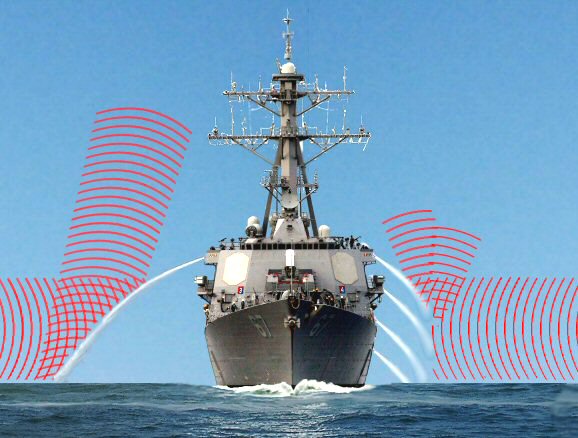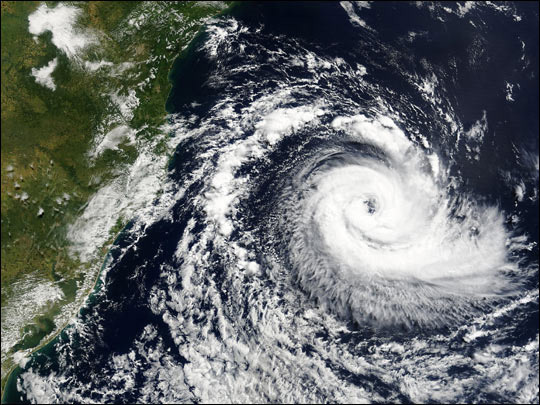
Have you ever wondered as to what makes a cruise ship float on the surface of sea water? It is a great pleasure to sail in a huge ship in the midst of oceans. People who work on ships such as navigating officers, marine engineers, know the reason behind the floatation of a ship. Otherwise most of us do not give a second thought to the fact that when a small needle cannot float in water, how can a huge ship having thousands of tones of weight of metal so easily floats in the vast oceans?
A Bit of History
Before understanding the reason as to what makes a steel ship float, we would need to go back in history to the times of Archimedes (a Greek engineer, philosopher, scientist all in one) who lived on this planet more than 22 centuries ago, a long time by any standards.
It so happened that once the king of Greece has a peculiar problem in which he had ordered a crown to be made of pure gold but when it was manufactured, he had doubts about its purity. So he called Archimedes to find out a way to check if the crown was made of pure gold, of course without harming the crown in any manner.
Most of you might know the story so will skip that part and come straight to the point that in the process of finding out such a way, Archimedes discovered a principle that whenever anything is immersed in water (applies to all fluids actually), it experiences a force known as force of buoyancy which pushes the object upward. The magnitude of this force depends on volume of the water displaced, which means that it depends on volume of the object immersed.

We also know that the force of gravity acts downwards and tries to push the object down. So we have a situation of a tug of war in the vertical direction where gravity is pushing the object down while force of buoyancy is pushing it upwards. What would happen if both are equal? Well you guessed it right, the object wont go down, or in other words it would float.
Infact just consider a simple apparatus shown above from a typical school physics lab and that would be sufficient to explain this. The figure shows a weight suspended from a weighing scale and it is showing 7 kg as its weight. Now when the same object is suspended freely in water using a thread it shows its weight as 4 kg on the scale. It is also noted that it displaces 3 kgs of water from the tank.
So the explanation is quite simple, the weight of the object has not reduced actually but only apparently, due to upward force of buoyancy
What makes a cruise ship float?
So hope you now got an inkling of what makes a cruise ship float despite its enormous weight. You will understand this concept better with the help of a diagram as shown below. It is the same thing but applied to the ship in this case.
More technical details and mathematics
For those of you who would like a bit more detailed info here is the formula governing ship floatation or any other object for that matter.
Mass of water displaced = density of water * volume of water
Now volume of water displaced will be governed by the volume of the ship bottom part which is immersed in water. Since the ship is shaped in such a manner, after a few meters of immersion the volume of water it displaces is sufficient to overcome the force of gravity pushing it downwards. Hence it stays afloat at a level where this equilibrium is achieved.
Technically this height of the ship till which it is immersed in water is known as draft of the ship. We will learn more about such terms in detail in a separate article as they are more useful for navigating officers.
What Makes A Cruise Ship Float?,







